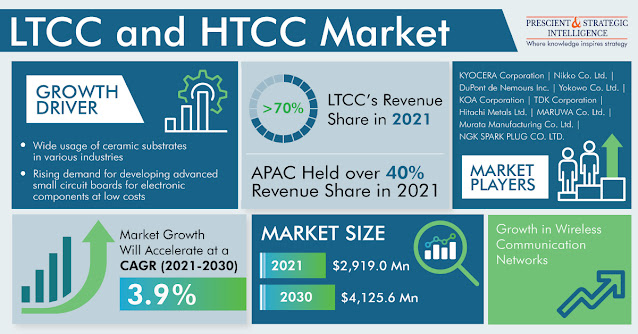In 2021, the worldwide construction adhesives market was valued at $9,101.5 million and it is projected to touch $14,541.9 million by 2030. The market will advance at a CAGR of 5.3% from 2021 to 2030 due to surging demand for low volatile organic compound content adhesives, such as water-based adhesives and pressure-sensitive adhesives, along with the expanding construction sector. The growing population all around the world, coupled with the rising disposable income will help this market to grow because people will be able to purchase more residential and commercial spaces.
Under the segmentation of type, the acrylic construction adhesives ruled the construction adhesives market in 2021 with the revenue, accounting for $3,862.3 million revenue. This is predicted to advance at a CAGR of 5.7% from 2021 to 2030 owing to the robust growth of the construction sector in the MEA and APAC regions. There is a strong preference for this category due to its high water-resistant capacity and strong bonding with substrates. Furthermore, polyurethane adhesives are projected to generate the second-highest revenue in the coming years due to their binding capacity with almost every substrate from wood to plastic.
In 2021, the APAC construction adhesives market generated approximately 45% of the total revenue the construction adhesives market. This can be ascribed to significant economic growth, swift urbanization, growing population, rising disposable income, and consequently, surging consumer purchasing parity will drive the market. Moreover, increasing government investment in infrastructure and rising demand for low volatile organic compound content adhesives propels the market growth. Approximately, $13 trillion will be invested by China in the construction sector by 2030.
Nevertheless, North America is predicted to generate the second-highest revenue share in the construction adhesives market, advancing at a CAGR of about 5.1% in the forecast period. This can be credited to technologically-advanced adhesives availability and their integration in cladding applications, insulation, roofing, and waterproofing. Additionally, the surging requirement for adhesives offers cracks prevention on airport runways and highways and safeguard buildings from uncertainties of weather. All of this together will drive market growth in this continent.
Hence, boost in the construction sector, swift urbanization, growing population, and rising disposable income will spur market growth.














